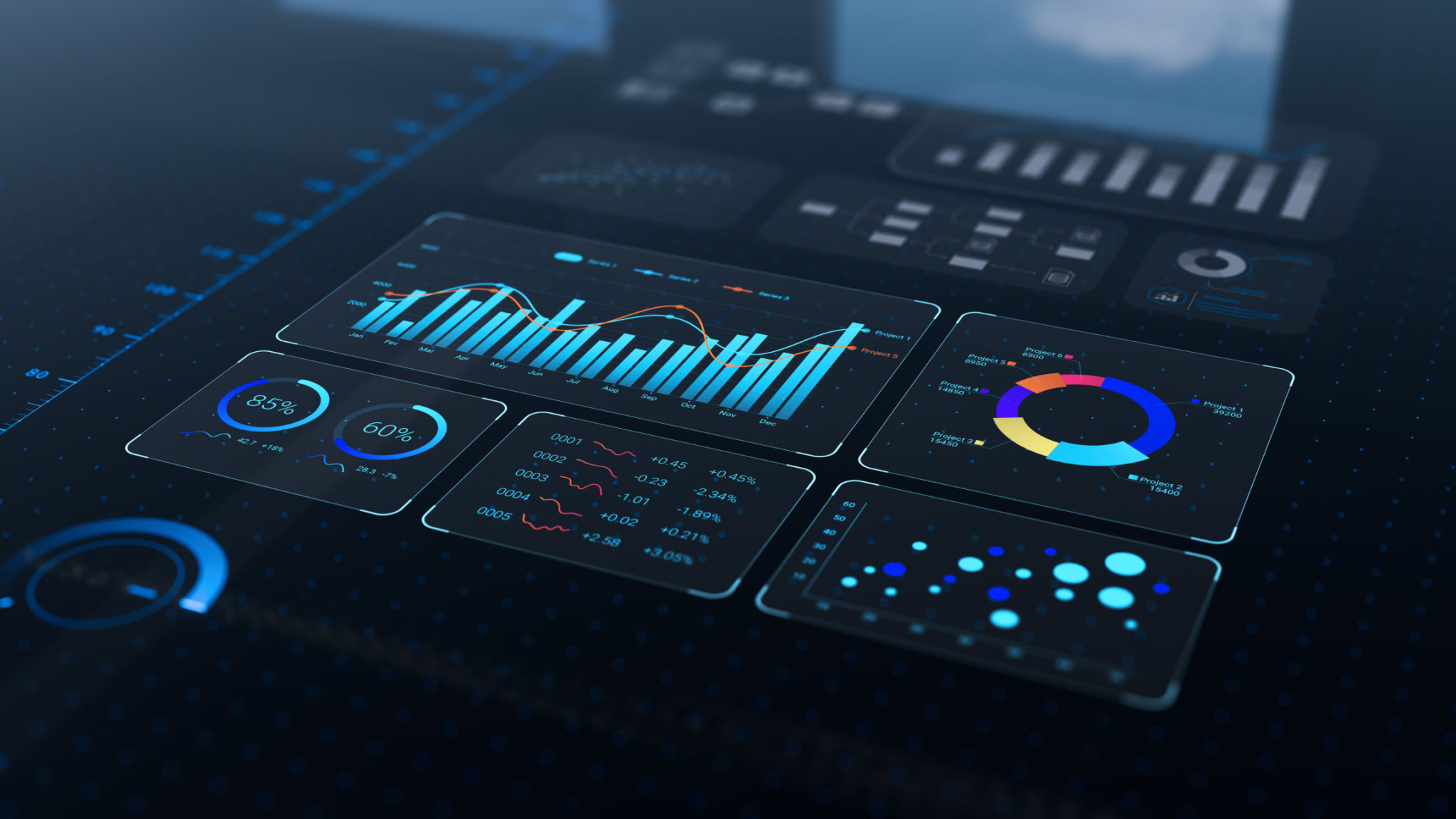How to Set Up Your Bitcoin ASIC Miner: A Step-by-Step Tutorial
Introduction to Bitcoin ASIC Mining
Bitcoin mining is a process that involves the use of specialized hardware to solve complex mathematical problems. This process helps secure the Bitcoin network and validate transactions. One of the most efficient ways to mine Bitcoin is by using an ASIC (Application-Specific Integrated Circuit) miner. If you're new to the world of cryptocurrency, setting up an ASIC miner might seem daunting. However, with the right guidance, you can have your miner up and running in no time.

Choosing the Right ASIC Miner
Before setting up your miner, it's crucial to choose the right one for your needs. ASIC miners come in various models, each with different hash rates and energy consumptions. Consider factors such as your budget, electricity costs, and the mining difficulty level. Popular models include the Antminer S19 Pro and the Whatsminer M30S++. Research and compare these options to find the best fit for your operation.
Understanding Hash Rate and Power Consumption
The hash rate indicates how many calculations your miner can perform per second, while power consumption affects your electricity costs. A higher hash rate generally means more Bitcoin mined, but it also requires more power. Balance these factors to optimize your mining efficiency and profitability.

Setting Up Your Mining Hardware
Once you've selected an ASIC miner, it's time to set it up. Start by placing your miner in a cool, ventilated area. These machines generate significant heat, so proper cooling is essential to maintain performance and longevity. Connect the miner to a power supply unit (PSU) that matches its specifications.
Connecting to the Internet
Your ASIC miner needs a stable internet connection to communicate with the Bitcoin network. Use an Ethernet cable to connect the miner to your router. A wired connection is preferred for stability and speed.

Configuring the Miner
After the physical setup, you'll need to configure the miner. Access the miner's interface through a web browser by entering its IP address. You'll find this address in your router's connected devices list. Log in using the default username and password provided in the miner's manual.
Joining a Mining Pool
Mining solo can be challenging due to the high difficulty level of mining Bitcoin. Joining a mining pool allows you to combine your computational power with others, increasing the chances of earning rewards. Enter the pool's URL and your worker credentials into the miner's interface to start mining with the pool.

Monitoring and Maintenance
Once your ASIC miner is operational, it's important to monitor its performance regularly. Use the miner's dashboard to track metrics such as hash rate, temperature, and uptime. Monitoring helps ensure your miner is working efficiently and alerts you to any potential issues.
Regular Maintenance
Perform regular maintenance by cleaning dust from the miner and checking for software updates. Keeping your miner in optimal condition will prolong its lifespan and maximize profitability.
With these steps, you're well on your way to successfully setting up your Bitcoin ASIC miner. Happy mining!